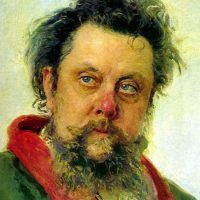Modest Mussorgsky (orch. Ravel)
Pictures at an Exhibition
Modest Mussorgsky’s most popular composition owes its reputation to its orchestrator, Maurice Ravel. Before Ravel arranged this obscure piano suite for orchestra in 1922, it was virtually unknown.
Pictures at an Exhibition is Mussorgsky’s musical portrayal of a memorial exhibit of artwork by Victor Hartmann, an artist, designer, architect, and close friend. In the spring of 1874, Russian critic Vladimir Stasov organized an exhibition of Hartmann’s work in St. Petersburg, which Mussorgsky attended. By June 22, Mussorgsky transformed ten of Hartmann’s works into music as a further tribute to his friend. Mussorgsky also inserted his own presence into Pictures through the music of the Promenade, which recurs periodically throughout.
The Promenade’s irregular rhythm portrays Mussorgsky, a man of considerable size, ambling through the exhibit, sometimes pausing before a particular picture that caught his interest. It leads directly to the first picture, Gnomus (Gnome), Hartmann’s design for a nutcracker. Unlike the princely Nutcracker of Tchaikovsky, however, Hartmann’s nutcracker is a macabre, wizened creature. The return of the Promenade, in shortened form, brings us to Il vecchio castello (The Old Castle), which Stasov says depicts a troubadour singing and strumming a guitar in front of a medieval castle. Ravel’s mournful saxophone sounds the troubadour’s song. The Promenade returns with the majestic brasses and winds of the opening, but stops abruptly in front of the next picture, Tuileries (Dispute d’enfants après jeux) (Tuileries-Dispute between children at play). Here in the famous Tuileries Gardens in Paris, children attended by nannies sing out the universal childhood taunt, “Nyah-nyah.”
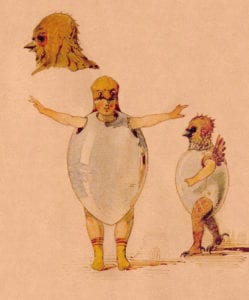 Bydlo (Cattle) portrays plodding oxen drawing a heavy cart. A brief Promenade leads us to the oddly named Balet nevylupivshikhsya ptentsov (Ballet of the Unhatched Chicks). Hartmann’s costume designs for a ballet called Trilbyinspired this whimsical music, in which child dancers wear egg costumes with their legs sticking out. In “Samuel” Goldenberg und “Schmuÿle,” Mussorgsky combined two of Hartmann’s pictures of Jews in the Sandomierz ghetto of Poland. Samuel Goldenberg is a rich, self-important man (represented by measured phrases of the strings), while Schmuÿle, (characterized by insistent bleatings of a muted trumpet) is portrayed as a whining, cowering beggar. However, Mussorgsky’s title suggests the two men are really the same person (Samuel is the Germanized form of the Yiddish Schmuÿle), and the movement has been generally viewed as an anti-Semitic stereotype.
Bydlo (Cattle) portrays plodding oxen drawing a heavy cart. A brief Promenade leads us to the oddly named Balet nevylupivshikhsya ptentsov (Ballet of the Unhatched Chicks). Hartmann’s costume designs for a ballet called Trilbyinspired this whimsical music, in which child dancers wear egg costumes with their legs sticking out. In “Samuel” Goldenberg und “Schmuÿle,” Mussorgsky combined two of Hartmann’s pictures of Jews in the Sandomierz ghetto of Poland. Samuel Goldenberg is a rich, self-important man (represented by measured phrases of the strings), while Schmuÿle, (characterized by insistent bleatings of a muted trumpet) is portrayed as a whining, cowering beggar. However, Mussorgsky’s title suggests the two men are really the same person (Samuel is the Germanized form of the Yiddish Schmuÿle), and the movement has been generally viewed as an anti-Semitic stereotype.
In Limoges le marchè (La grande nouvelle) (The Market: The Big News), market-women share the latest gossip. Abruptly we are plunged into the Catacombae (Sepulcrum romanum) (Catacombs: Roman sepulcher). This watercolor shows Hartmann and several others inspecting the Parisian catacombs by lantern light, which illuminates a cage full of skulls. Mussorgsky wrote of this piece, “The creative genius of Hartmann leads me to the skulls and invokes them; the skulls begin to glow.” Con mortuis in lingua morta (With the Dead in a Dead Language) follows, a mournful, eerie reworking of the Promenade. The ominous music of The Hut on Fowls’ Legs depicts the witch Baba Yaga (not to be confused with Baby Yoda) of Russian folklore, whose house stood on chicken’s feet.
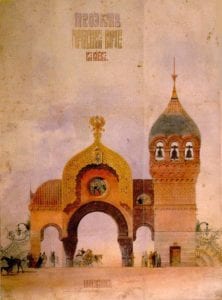 In the final movement, Ravel and Mussorgsky capture the grandeur of The Great Gate of Kiev, Hartmann’s design for the reconstruction of the ancient stone gates of Kiev. Although the actual gates were never built, The Great Gate of Kiev remains a permanent musical tribute to the city and its rich history.
In the final movement, Ravel and Mussorgsky capture the grandeur of The Great Gate of Kiev, Hartmann’s design for the reconstruction of the ancient stone gates of Kiev. Although the actual gates were never built, The Great Gate of Kiev remains a permanent musical tribute to the city and its rich history.
At a Glance:
- Composer: born March 21, 1839, Karevo, Pskov district; died March 28, 1881, St. Petersburg
- Work composed: June 2–22, 1874. Maurice Ravel orchestrated it in the summer of 1922.
- World premiere: Serge Koussevitzky led the first performance of Ravel’s version on October 22, 1922, in Paris
- Instrumentation: 3 flutes (2 doubling piccolo), 3 oboes (1 doubling English horn), 2 clarinets, bass clarinet, 2 bassoons, contrabassoon, alto saxophone, 4 horns, 3 trumpets, 3 trombones, tuba, timpani, bass drum, celesta, chimes, cymbals, glockenspiel, ratchet, snare drum, tam-tam, triangle, whip, xylophone, 2 harps, and strings
- Estimated duration: 35 minutes
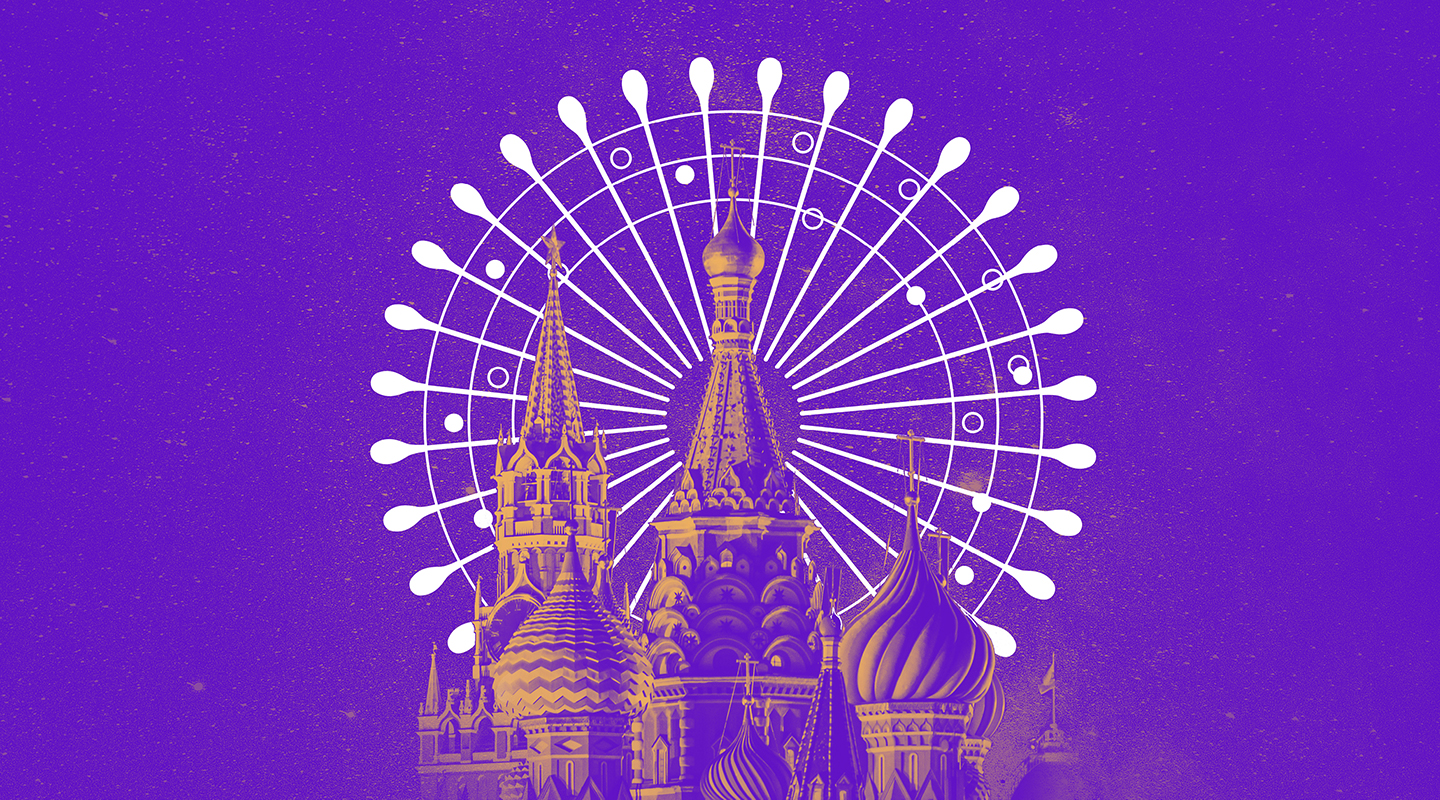
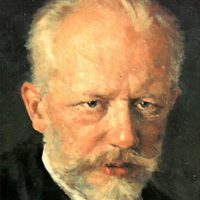
 Bydlo (Cattle) portrays plodding oxen drawing a heavy cart. A brief Promenade leads us to the oddly named Balet nevylupivshikhsya ptentsov (Ballet of the Unhatched Chicks). Hartmann’s costume designs for a ballet called Trilbyinspired this whimsical music, in which child dancers wear egg costumes with their legs sticking out. In “Samuel” Goldenberg und “Schmuÿle,” Mussorgsky combined two of Hartmann’s pictures of Jews in the Sandomierz ghetto of Poland. Samuel Goldenberg is a rich, self-important man (represented by measured phrases of the strings), while Schmuÿle, (characterized by insistent bleatings of a muted trumpet) is portrayed as a whining, cowering beggar. However, Mussorgsky’s title suggests the two men are really the same person (Samuel is the Germanized form of the Yiddish Schmuÿle), and the movement has been generally viewed as an anti-Semitic stereotype.
Bydlo (Cattle) portrays plodding oxen drawing a heavy cart. A brief Promenade leads us to the oddly named Balet nevylupivshikhsya ptentsov (Ballet of the Unhatched Chicks). Hartmann’s costume designs for a ballet called Trilbyinspired this whimsical music, in which child dancers wear egg costumes with their legs sticking out. In “Samuel” Goldenberg und “Schmuÿle,” Mussorgsky combined two of Hartmann’s pictures of Jews in the Sandomierz ghetto of Poland. Samuel Goldenberg is a rich, self-important man (represented by measured phrases of the strings), while Schmuÿle, (characterized by insistent bleatings of a muted trumpet) is portrayed as a whining, cowering beggar. However, Mussorgsky’s title suggests the two men are really the same person (Samuel is the Germanized form of the Yiddish Schmuÿle), and the movement has been generally viewed as an anti-Semitic stereotype. In the final movement, Ravel and Mussorgsky capture the grandeur of The Great Gate of Kiev, Hartmann’s design for the reconstruction of the ancient stone gates of Kiev. Although the actual gates were never built, The Great Gate of Kiev remains a permanent musical tribute to the city and its rich history.
In the final movement, Ravel and Mussorgsky capture the grandeur of The Great Gate of Kiev, Hartmann’s design for the reconstruction of the ancient stone gates of Kiev. Although the actual gates were never built, The Great Gate of Kiev remains a permanent musical tribute to the city and its rich history.